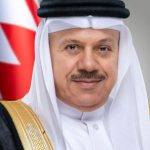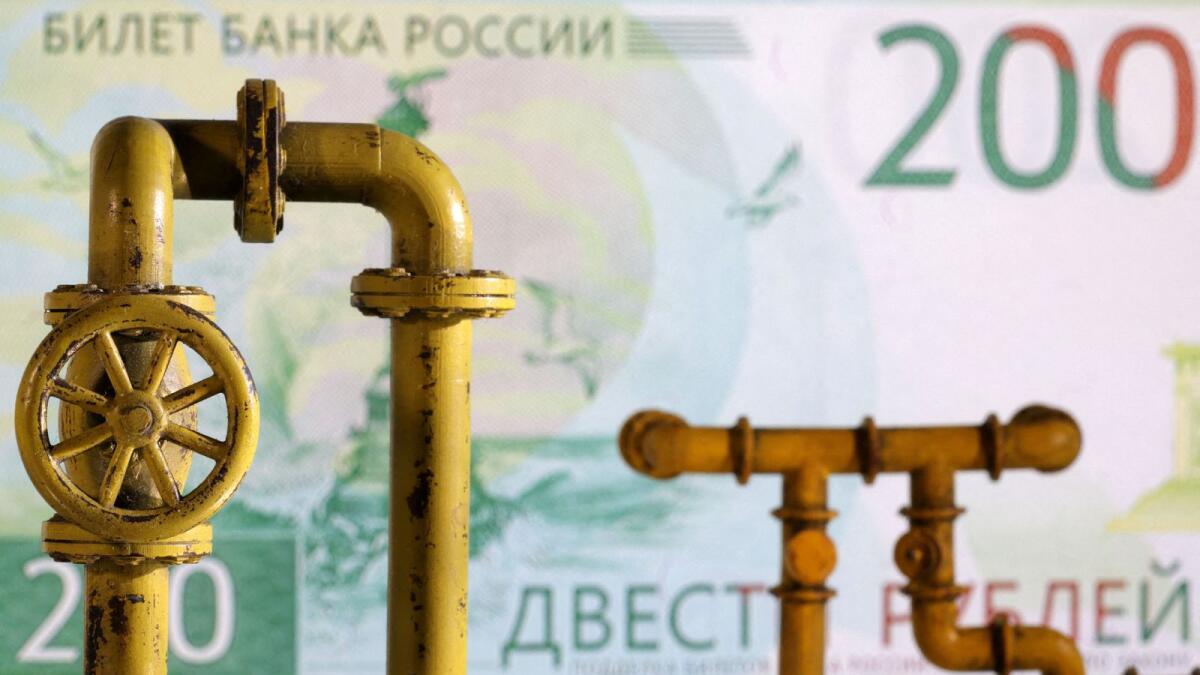The first half of the year saw a significant increase in oil and gas sales proceeds for Russia’s federal budget, reaching 5.698 trillion roubles ($65.12 billion). This represents a 41% increase compared to the previous year, driven by rising oil prices and a weaker rouble. Oil and gas revenues have long been a crucial source of income for the Kremlin, accounting for a substantial portion of the federal budget for the past decade.
The conflict in Ukraine has led Western nations to impose sanctions aimed at reducing Russia’s oil and gas income, which typically contributes about a third of the country’s federal budget. Despite these sanctions, the price of Russian oil Urals blend averaged at $69.1 per barrel in the first half of the year, surpassing the Western-imposed price cap of $60. Additionally, the rouble depreciated to 90.8 per $1 during this period.
While oil and gas revenue decreased from 794 billion roubles in May, it was higher than the Reuters forecast of 814 billion roubles. Mineral extraction tax (MET) revenues also saw a significant increase in June, exceeding one trillion roubles compared to 631.6 billion roubles in June 2023. Payments to refineries under the “damping mechanism” to control high fuel export prices decreased in June compared to May and June 2023.
Russian President Vladimir Putin has lauded the country’s economic growth rates, claiming they surpass those of Western economies. Despite a 3.6% economic growth in 2023 following a 1.2% contraction in 2022, some economists have criticized the quality of this growth, highlighting the limited benefits to the population. The government has budgeted for federal revenue of 10.7 trillion roubles from oil and gas sales in 2024, a 21% increase from 2023.
Russia has ramped up defence and security spending since the military operation in Ukraine began in February 2022, resulting in consecutive annual deficits exceeding 3 trillion roubles, approximately two percent of GDP. To finance these deficits, Russia has resorted to internal borrowing and drawing from the National Wealth Fund. A mix of factors including oil prices, exchange rates, and internal economic policies will continue to influence Russia’s financial situation in the coming years.











